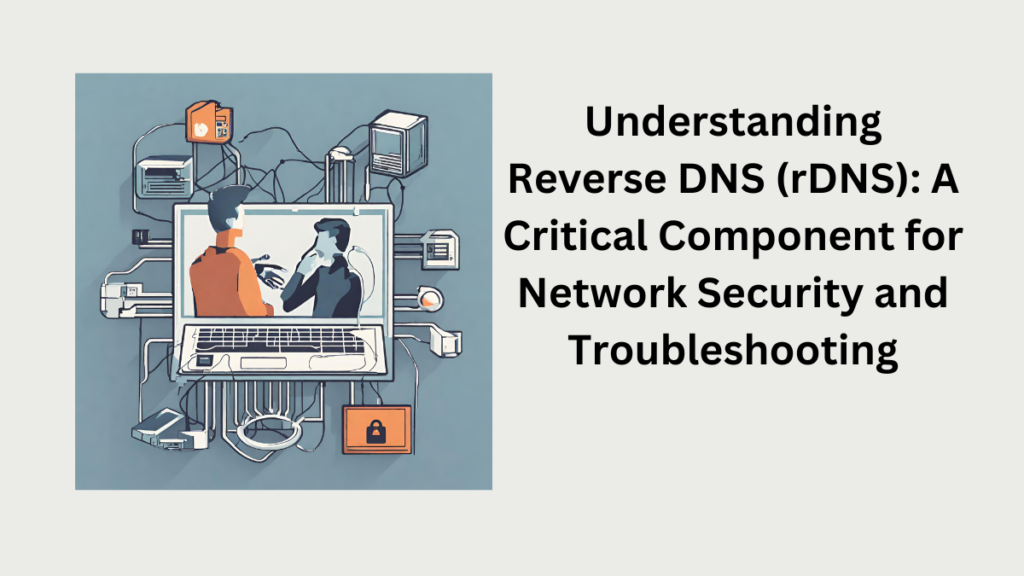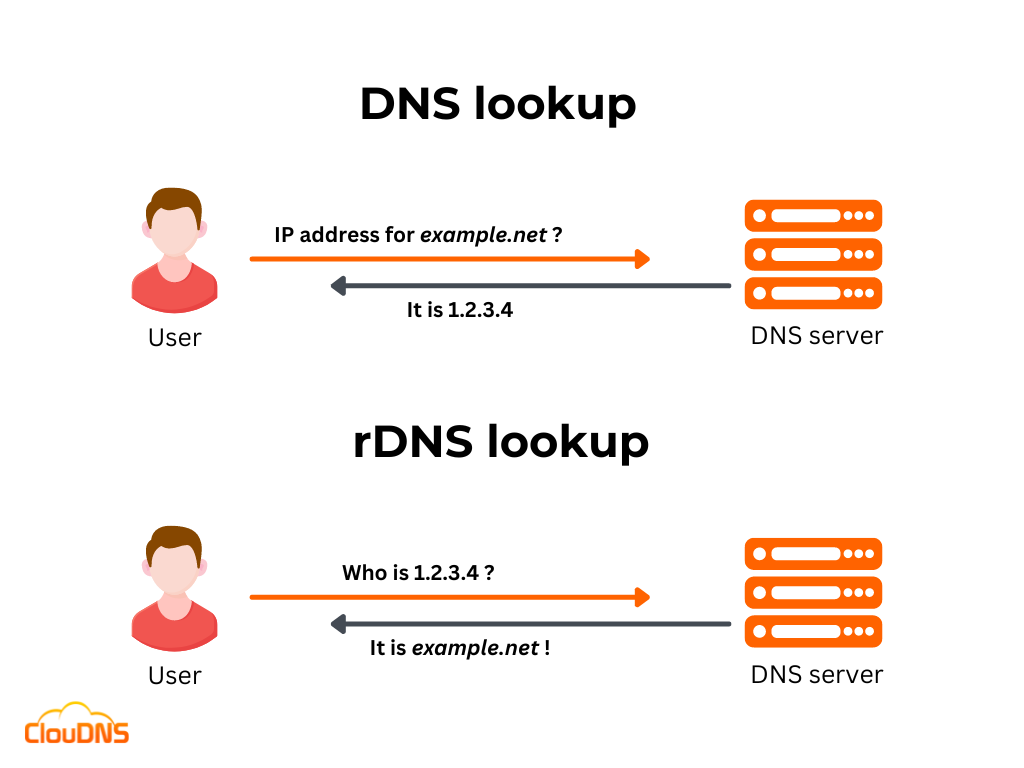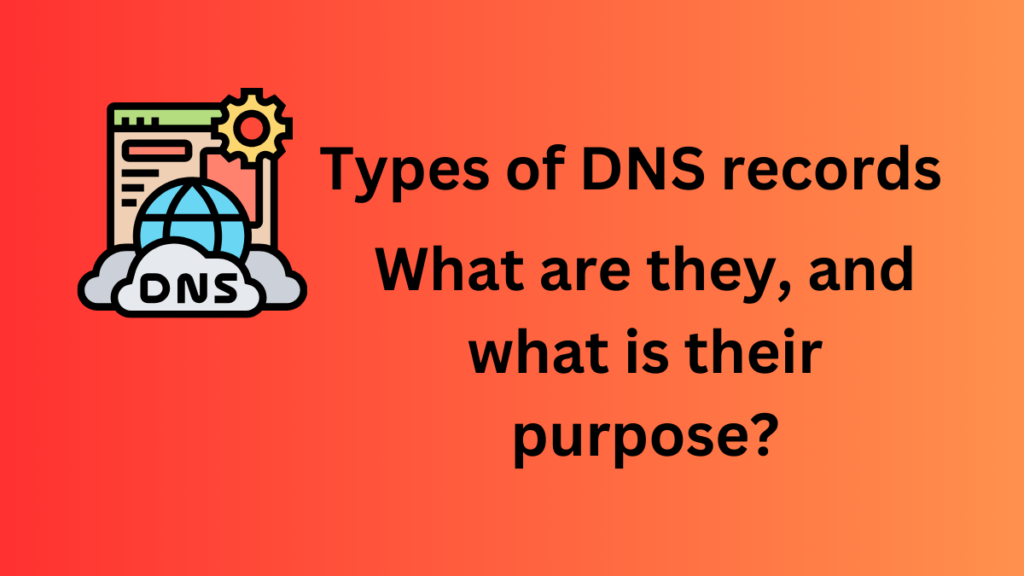
Reverse DNS (rDNS) may not be as familiar as its counterpart, forward DNS, but it plays an indispensable role in the digital realm, especially in preventing spam and aiding in network troubleshooting. This article delves into the workings of rDNS, its significance, and its practical applications.
What is rDNS?
While forward DNS connects hostnames/domains to IP addresses, Reverse DNS, or rDNS, does the opposite—using an IP address to find the corresponding hostname/domain. This functionality is crucial for tasks such as email verification and network troubleshooting.
Why is rDNS Important?
rDNS is essential for several reasons:
- Email Authentication: Helps authenticate email servers to prevent spam. Many email servers accept emails only from hosts with a valid PTR record, reducing spam and phishing.
- Network Troubleshooting: Enables network administrators to identify which hostname is associated with a problematic IP address.
- Protection: Utilized by some security systems to identify and block malicious traffic.
- Access Control: Employed by some firewalls and VPNs to manage access based on hostnames.
How Does rDNS Work?
rDNS involves mapping an IP address back to a hostname. This process begins with a query to a DNS server for the hostname associated with a specific IP. The server checks its records and, if a match is found, returns the hostname.

PTR Record and Reverse DNS Zone
PTR Record: This pointer record links an IP address to its corresponding hostname/domain. It’s crucial to have a corresponding A or AAAA record for each PTR record to ensure accurate domain resolution.
Reverse DNS Zone: Required for rDNS, this special DNS zone houses PTR records. For effective functioning, IP addresses need to be written in reverse in this zone. For instance, 111.123.101.1 becomes 1.101.123.111.in-addr.arpa.
Starting with rDNS
To begin using rDNS:
- Create a Reverse DNS Zone: This can typically be done from your DNS provider’s control panel by adding a Master Reverse DNS zone.
- Add PTR Records: For each IP address in your network, add a PTR record pointing to the appropriate hostname.
- Configure Name Servers: Update the NS records at your IP provider to point to your DNS manager’s servers.
Understanding in-addr.arpa
The domain in-addr.arpa is pivotal for IPv4 reverse DNS lookups, transforming IP addresses into a format suitable for DNS queries. Managed by IANA, it facilitates verification of communication sources, especially for email services.
Performing an rDNS Lookup
To perform an rDNS lookup:
- Windows: Use the Command Prompt with the command:
nslookup 1.2.3.4 - macOS and Linux: Use the Terminal with commands:
dig -x 1.2.3.4orhost -t PTR 1.2.3.4(Note: Replace1.2.3.4with the IP address you are investigating.)
rDNS vs. Forward DNS
While Forward DNS translates domain names to IP addresses facilitating internet navigation, rDNS does the reverse, crucial for authentication and security. The synergy between these two processes ensures efficient internet traffic routing and robust network security.
Conclusion
rDNS is a fundamental technology in managing network security and troubleshooting. Understanding and effectively implementing rDNS can significantly enhance your organization’s ability to verify communications and manage network issues effectively.

Tech Enthusiast & Knowledge Sharer
I am a passionate technologist dedicated to demystifying the world of networking, cloud computing, and automation. Focusing on simplicity and practicality.
I believe in breaking down complex concepts into understandable and actionable insights.




